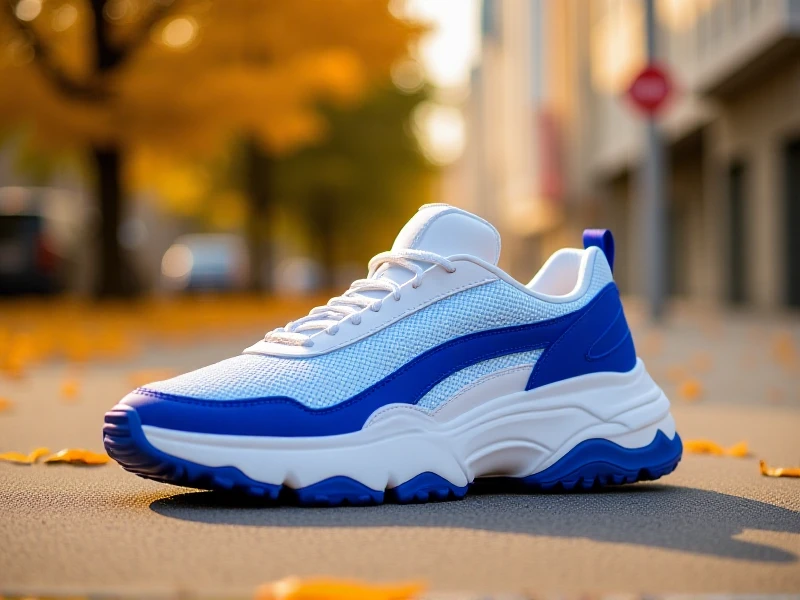Your Ultimate Guide to Choosing the Best Sports Shoes

Sports shoes are more than just footwear—they're a cornerstone of any active lifestyle, delivering the support, comfort, and performance needed to excel in activities from running to casual fitness. When you invest in quality sports shoes, you're not only boosting your game but also reducing the risk of injuries like shin splints or ankle strains. This comprehensive guide covers everything you need to know to find your perfect pair.
First, let's explore the different types of sports shoes available. Running shoes are designed for impact absorption, featuring cushioned midsoles to protect joints during long distances; brands like Nike and Adidas often incorporate advanced technologies like air units for responsive feel. Basketball shoes prioritize ankle stability and traction, with higher cuts and rubber soles for quick pivots on court surfaces. For versatility, cross-training shoes offer a balance for gym sessions, blending support for weightlifting with flexibility for aerobics. Soccer cleats use studs for grip on grass, while minimalist models appeal to those seeking a natural stride. Choosing the right type depends on your primary activity—running shoes for joggers, trainers for all-around use, or specialized options for sports like tennis or trail running.
The benefits of sports shoes extend beyond simple comfort. They improve performance by providing shock absorption that minimizes fatigue and shields your feet from daily wear. Features like arch support help align your posture, reducing back pain and enhancing efficiency during workouts. Modern designs also emphasize breathability with mesh materials to wick away moisture, keeping feet cool for longer sessions. If you're new to fitness investing in sports shoes, this can be a game-changer for injury prevention, as poor footwear often leads to issues like plantar fasciitis. Look for models with adequate cushioning and a snug fit to maximize these advantages.
Selecting the ideal sports shoes involves key steps. Start by trying them on in person—walk or jog to feel the fit. They should have a thumb's width of space at the toe for wiggle room, be snug without pinching, and match your arch type. Consider the activity level to guide your choice: high-impact sports demand extra cushioning, while low-stress use can opt for lightweight sneakers. Aim to replace them every 300-500 miles or annually, as worn-out soles lose their protective edge. Pair this with maintenance tips like air-drying after washing and avoiding extreme heat to prolong durability.
In essence, sports shoes are essential for anyone prioritizing fitness and comfort in their routine. By focusing on fit, purpose, and quality, you can elevate workouts and everyday vitality. Browse our collection to discover options tailored to your style and needs, ensuring every step feels effortless and rewarding.